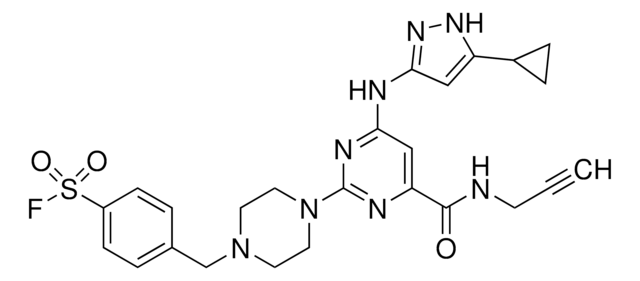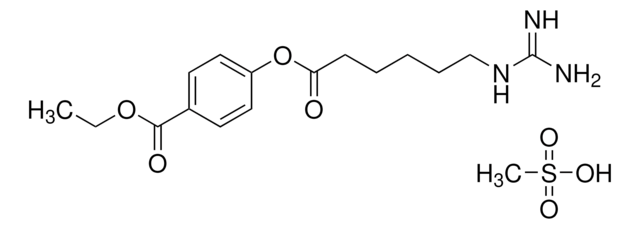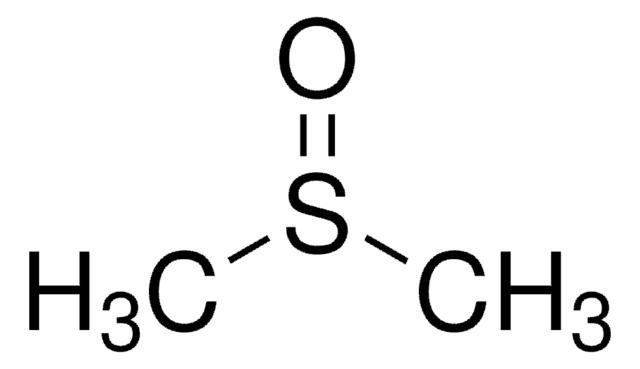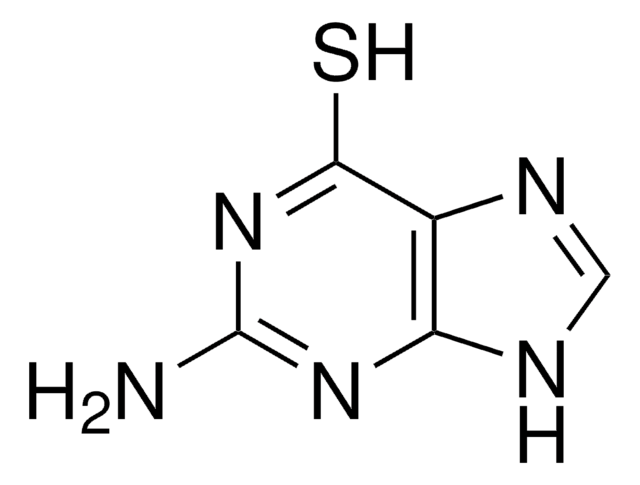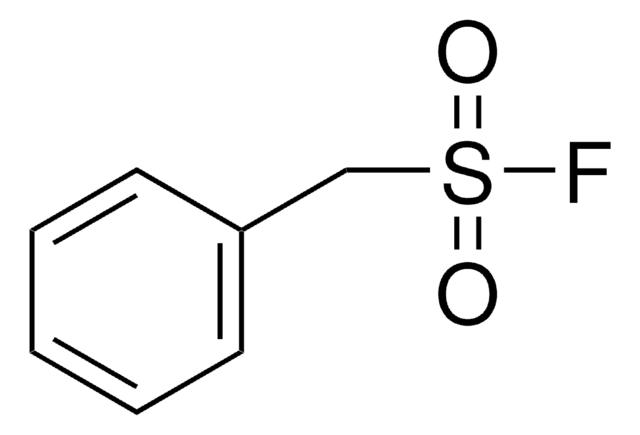F9128
5′-(4-Fluorosulfonylbenzoyl)adenosine hydrochloride
Synonym(s):
Adenosine-5′-(4-fluorosulfonylbenzoate) hydrochloride, FSBA
About This Item
Recommended Products
biological source
synthetic (organic)
Quality Level
assay
≥95% (TLC)
form
powder
solubility
methanol: 50 mg/mL, clear, colorless
storage temp.
−20°C
SMILES string
Cl[H].Nc1ncnc2n(cnc12)[C@@H]3O[C@H](COC(=O)c4ccc(cc4)S(F)(=O)=O)[C@@H](O)[C@H]3O
InChI
1S/C17H16FN5O7S.ClH/c18-31(27,28)9-3-1-8(2-4-9)17(26)29-5-10-12(24)13(25)16(30-10)23-7-22-11-14(19)20-6-21-15(11)23;/h1-4,6-7,10,12-13,16,24-25H,5H2,(H2,19,20,21);1H/t10-,12-,13-,16-;/m1./s1
InChI key
ZUHVYHQVJYIHPN-KHXPSBENSA-N
Looking for similar products? Visit Product Comparison Guide
Application
Biochem/physiol Actions
signalword
Danger
hcodes
Hazard Classifications
Eye Dam. 1 - Skin Corr. 1B
Storage Class
8A - Combustible, corrosive hazardous materials
wgk_germany
WGK 3
flash_point_f
Not applicable
flash_point_c
Not applicable
ppe
Eyeshields, Gloves, type N95 (US)
Certificates of Analysis (COA)
Search for Certificates of Analysis (COA) by entering the products Lot/Batch Number. Lot and Batch Numbers can be found on a product’s label following the words ‘Lot’ or ‘Batch’.
Already Own This Product?
Find documentation for the products that you have recently purchased in the Document Library.
Our team of scientists has experience in all areas of research including Life Science, Material Science, Chemical Synthesis, Chromatography, Analytical and many others.
Contact Technical Service